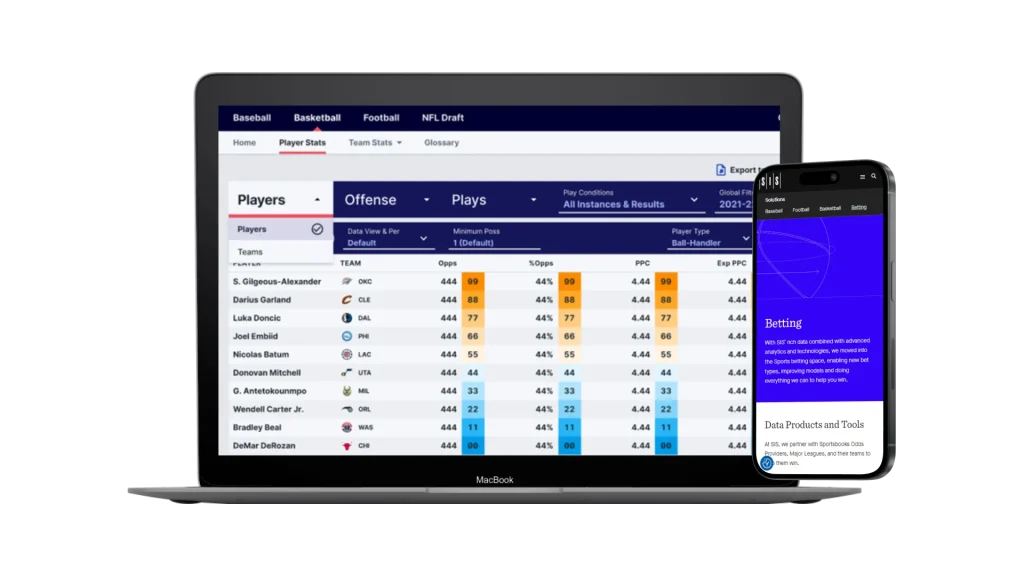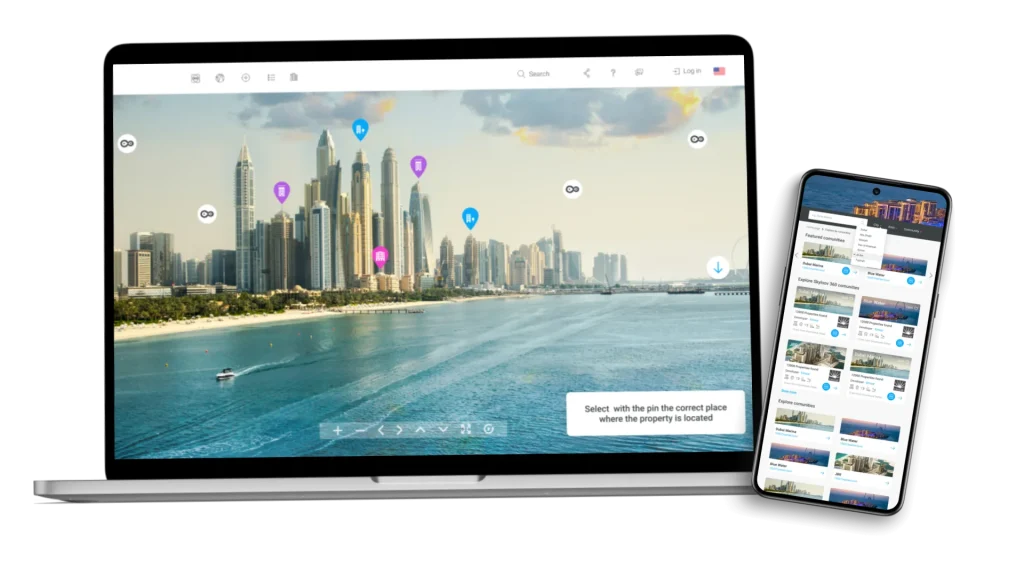Establish architectural ground truth before committing to transformation.
We analyze legacy .NET Framework systems to design migration-ready architecture, define clear execution boundaries, and plan phased transition strategies:
- System Topology Reconstruction. We map runtime architecture, including service segmentation, library usage, shared memory layers, configuration zones, and external system boundaries. We document process flows and surface interactions.
- Dependency Complexity Profiling. We quantify inter-module coupling, locate unstable or test-fragile classes, and detect transitive dependency chains. Each component is evaluated using a .NET migration tool to assess its volatility, migration cost, and potential for fault propagation.
- Functional Boundary Isolation. When migrating from ASP .NET MVC to ASP .NET Core MVC, we segment monoliths into coherent execution domains. We identify shared state, global scope contamination, and legacy threading constraints that inhibit isolated deployment.
- Transition Strategy Definition. We evaluate modular extraction, interface scaffolding, and progressive rewrite approaches. Each option is modeled against delivery capacity, regression scope, and test coverage requirements.
- Infrastructure & Runtime Alignment. We review OS dependencies, I/O patterns, and deployment models to ensure compatibility with .NET Core and containerized runtimes. We assess CI/CD integration and readiness for Azure-native execution.
Outcome: a system blueprint aligned with execution and engineered for phased, verifiable .NET Core migrate processes.






































